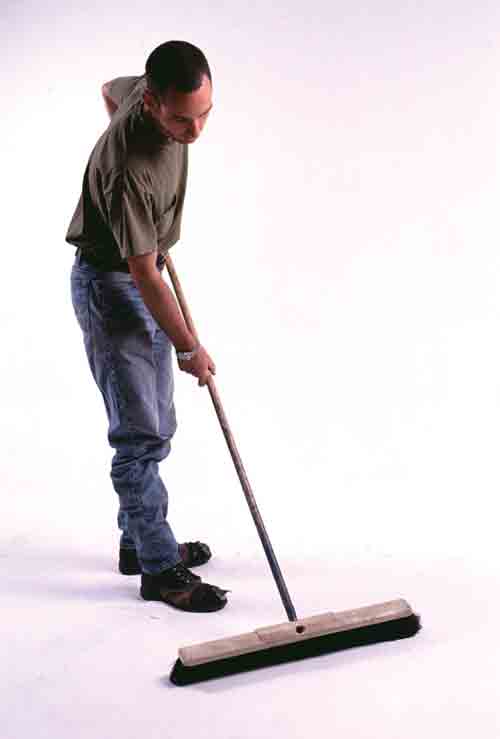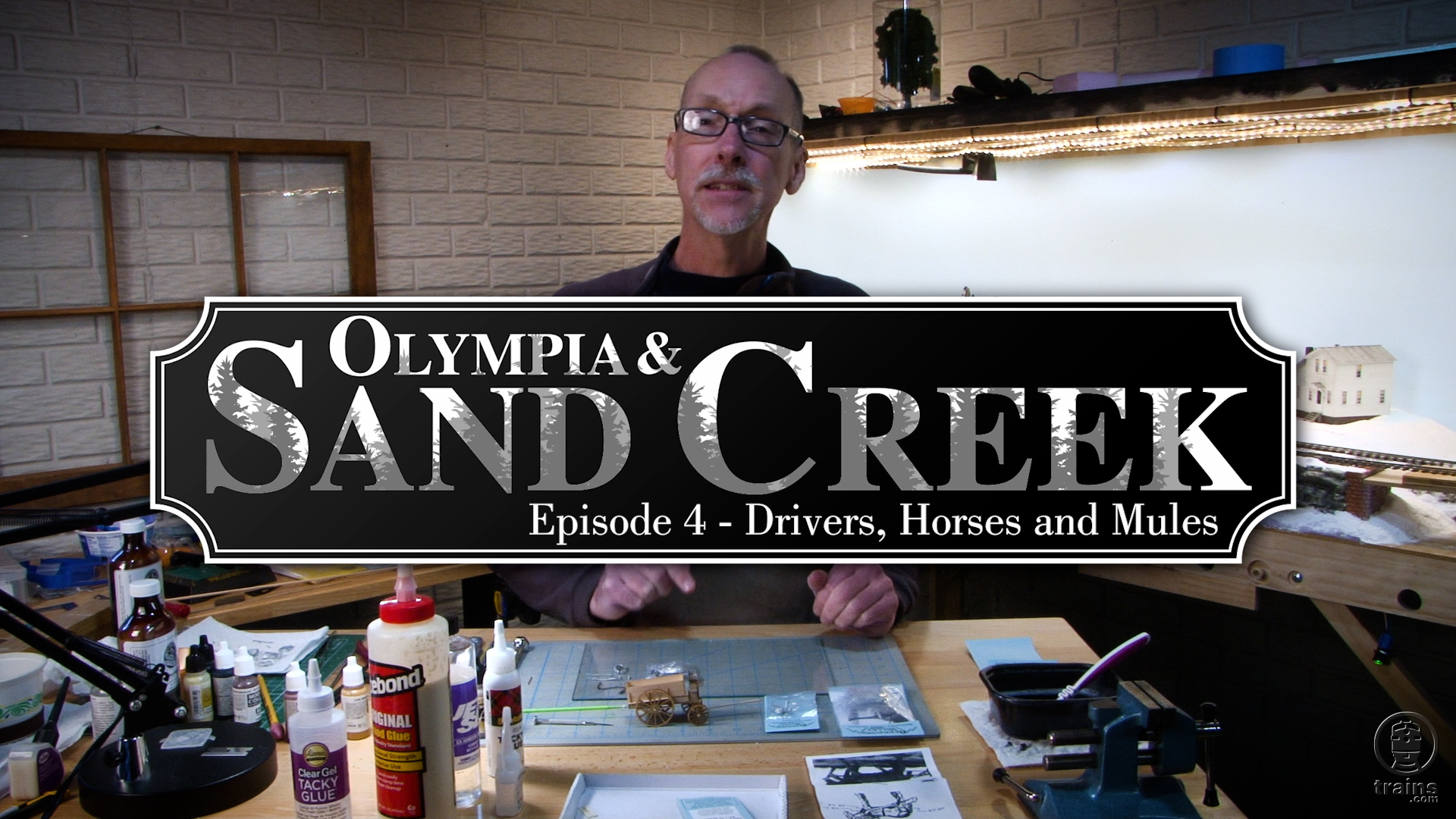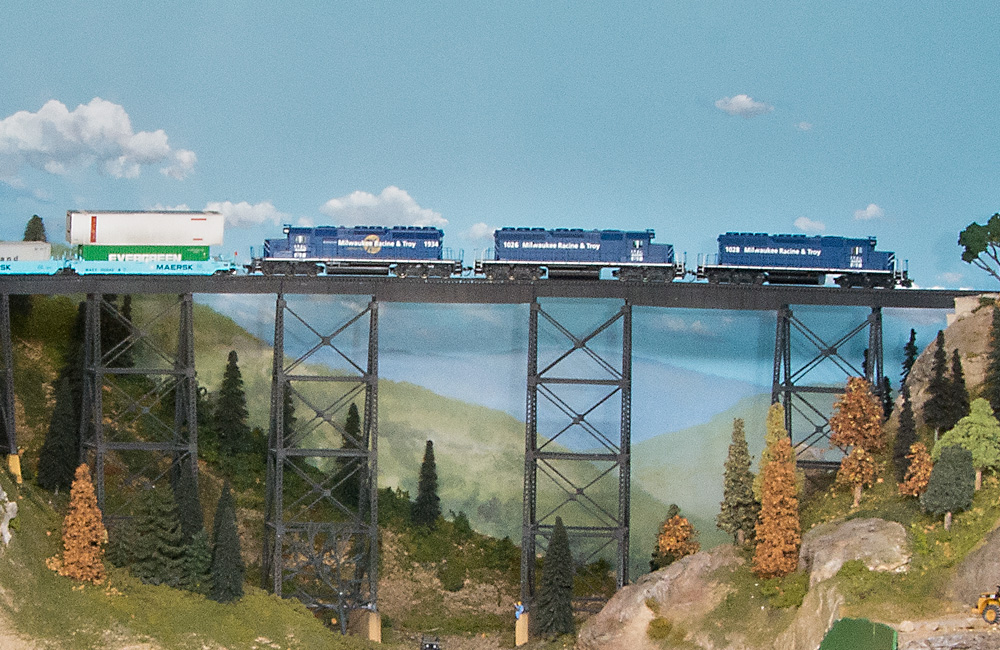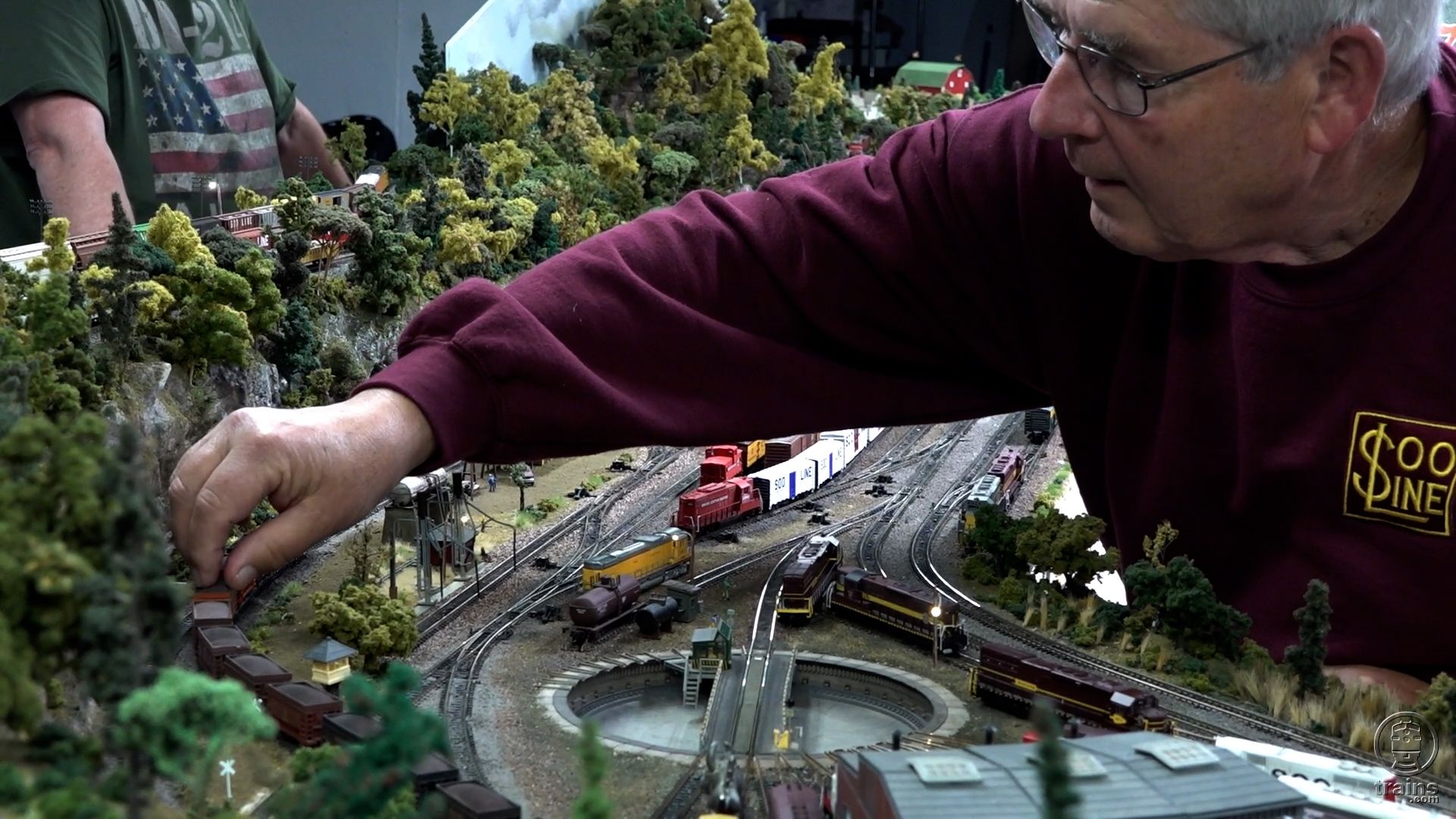A messy work area is not only unsightly, it is unsafe. A shop floor needs to be kept clear of dust and debris. Losing your footing can result in a sprained ankle, not to mention hitting your head on your workbench. Sweeping up at the end of your work session is all that is needed to ensure a safe working environment.
A smoke detector as well as a carbon-monoxide detector provide insurance that all is well while in or out of your shop area. If they are not hard wired in, be sure to test batteries frequently.
Check all your tools on a regular basis. Make sure that the cords are in good shape and not nicked or cut. If found faulty, repair them before you use them. Ensure that blades are tight when preparing to use any saw. A loose blade is lethal. Test-run your tools for a few seconds prior to actually working with them. Listen closely for any unusual sounds. If you hear anything unusual, check it out. Always unplug the tool prior to inspecting it. If you have manuals for your equipment, read up on their proper use and maintenance. Inspect blades for missing teeth and replace as needed. Dull blades put an extra load on motors, so be sure to keep blades sharp.
Mounting power tools, such as smaller table saws and drill presses, to your workbench will also help avoid accidents. Larger tools with their own stands should be made level on your shop floor.
Lastly, make sure the room has adequate ventilation. Use a dust mask for wood cutting and a carbon-filter mask for any work requiring the use of chemicals.














